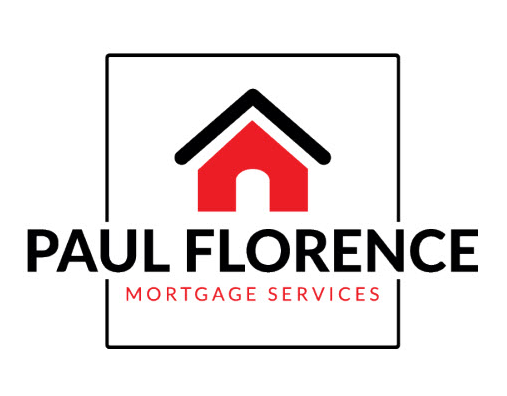Self-builds are an exciting prospect. They provide the chance to create a home that’s tailor-made to your requirements. The big question is – what’s the best way to fund the process?
Self-build mortgages are a popular way to finance a home-building project. However, they work quite differently to a standard mortgage, and it’s important to understand exactly how they differ.
If you’re considering building your own home, here’s a quick guide to explain how a self-build mortgage works.
What is a self-build mortgage?
A self-build mortgage is designed to provide finances at each stage of the building process. Unlike a traditional option (which pays out a lump sum once the sale is complete), a self-build mortgage releases funds at pre-agreed stages of the construction works.
There are two main reasons for this:
- The lender takes less risk by loaning the money in stages.
- The individual is prevented from over-spending during each stage of the process.
Different types of self-build mortgage
All self-build mortgages divide the loan into incremental payments. However, there are two sub-categories of this type of mortgage; and which one you’ll choose depends upon your circumstances.
An arrears-based self-build loan means that the payments are made as each stage of the construction is completed. By contrast, an advance-based loan means that the payments are released prior to each stage commencing. If you’ve got a sizeable amount of personal funds to put into the project, it’s likely that the arrears option will be better suited to your needs.
Important things to know
- Rates are higher. In most cases, the interest rates are usually higher for self-build mortgages than traditional ones. That’s why it’s especially important to seek the help of a mortgage broker, who will be able to identify the best deals available.
- You can (possibly) avoid stamp duty. There’s no stamp duty involved with the construction work, nor on the final property. However, if the land costs over £125,000, then you will have to pay duty on this.
- Potential to boost value. A well-managed self-build project can offer serious profit-making potential, as often the cost of building the property (even with a mortgage) is far less than its final valuation.
- Plans are required. Lenders want to know exactly what their money will be used for. As a result, you’ll need to supply detailed plans for each stage of the project. This might include an architect’s drawings, for example.
- A bigger deposit is needed. Usually, self-build mortgages demand a larger initial deposit. In some instances, this might be 25%, though this could be as large as 50%.
Choosing the right self-build mortgage
As with any mortgage, it’s important to choose the right product for your exact needs. This type of building project is complex enough, without encountering financial issues along the way.
A reputable mortgage broker can be invaluable in helping you to find the best mortgage. By examining your specific circumstances, they’ll recommend a range of options that best match your requirements.



